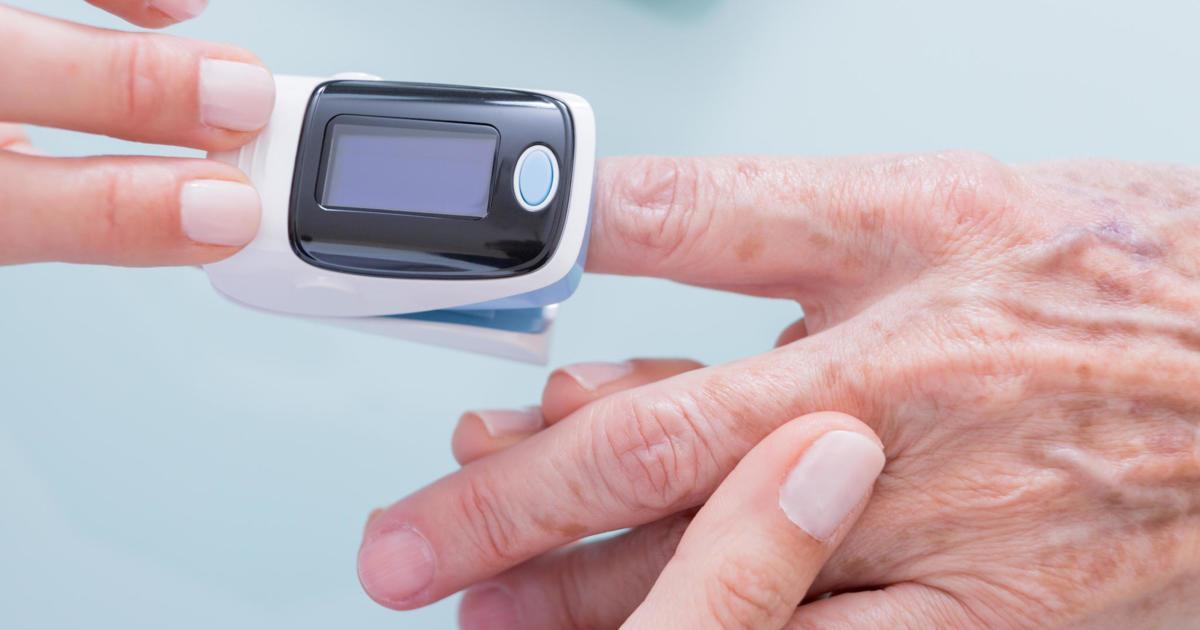Ways To Treat Respiratory Depression
Weight Loss
Since respiratory depression is associated with severe obesity, weight loss may help reduce symptoms in patients who are overweight or obese. For effective weight loss, many patients who are severely obese will need the help of a medical doctor and nutrition team to achieve a healthy weight. For long-term health, individuals who struggle with weight may wish to focus on eating high-quality and minimally processed food. Some patients have found adopting a plant-based diet has helped them achieve their weight loss goals, and other patients have found success with traditional calorie-counting plans. Measuring weight once a day can help promote healthy habits, and some patients prefer to track their waist circumference or body fat percentages. Individuals who have successfully lost excess weight often report feeling more energetic, and they can generally breathe much more easily.
Continue for more information on respiratory depression treatments now.
Oxygen Therapy

Oxygen therapy involves the use of supplemental oxygen to support breathing. Supplemental oxygen is normally delivered via nasal prongs or a mask placed over the mouth and nose. This treatment reduces the amount of work it takes for patients to breathe, and it increases the oxygen saturation in the blood. Oxygen therapy is available in different percentages depending on the severity of the patient's condition. Patients with respiratory depression may receive treatment either in the hospital or at their homes. Patients who use oxygen at home may use a portable oxygen tank, and newer technology may allow some patients to use a machine that does not require a tank. Instead, it draws a continuous supply of oxygen from the air in the patient's immediate environment.
While undergoing oxygen treatment, patients may need to monitor their oxygen saturation at home by using a pulse oximeter. Keeping a log of daily pulse oximeter readings can be useful for medical staff. Some pulse oximeters can be worn overnight, and they will continuously record measurements the patient can view in the morning. Oxygen saturation readings can help medical staff determine whether or not oxygen treatment is working, and they can use the readings to make treatment adjustments so the patient feels as comfortable as possible.
Get the details on another option for treating respiratory depression now.
